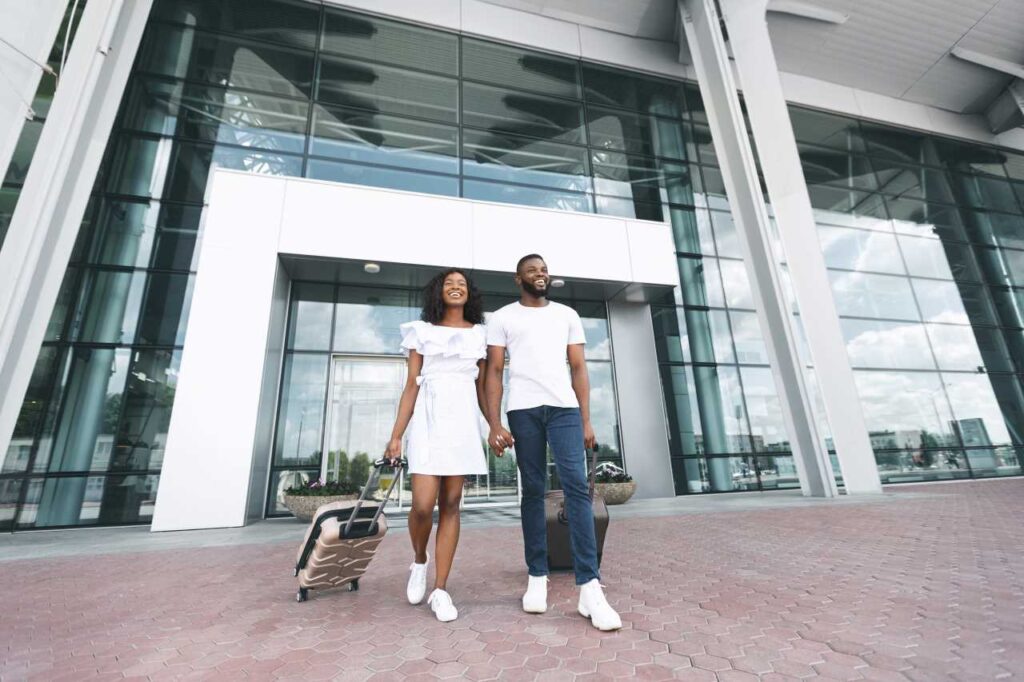Studying in the United States is a dream for many international students looking to enhance their education and gain exposure to a diverse cultural landscape. The USA offers a wide range of world-renowned universities and academic programs, making it an attractive destination for students worldwide. However, before embarking on this exciting journey, understanding the USA study visa process is essential.
The USA study visa, also known as the F-1 visa, is a non-immigrant visa that allows international students to pursue academic programs in the United States. To obtain this visa, students must follow a specific application process, meet eligibility criteria, and attend a visa interview.
Understanding the USA Study Visa
Types of USA Study Visas
There are primarily two types of USA study visas:
- F-1 Visa: The F-1 visa is the most common visa for academic students pursuing a full-time degree at a U.S. institution. It is also applicable for language training programs.
- M-1 Visa: The M-1 visa is designed for students enrolling in non-academic or vocational programs.
Eligibility Criteria
To be eligible for a USA study visa, students must meet certain requirements:
- Admission to a U.S. Student and Exchange Visitor Program (SEVP)-approved institution.
- Intent to leave the USA upon completion of the program.
- Sufficient financial resources to cover educational and living expenses.
Application Process
The USA study visa application process involves several steps:
- Researching Universities and Programs: The first step is to research universities and academic programs that align with the student’s interests and career goals. Consider factors such as course offerings, faculty expertise, campus culture, and available resources.
- Meeting Admission Requirements: Each university sets specific admission requirements, including academic records, standardized test scores (such as SAT or TOEFL), letters of recommendation, and a statement of purpose.
- Gathering Required Documents: Students must gather essential documents, including passport, visa application fee receipt, SEVIS I-20 form (provided by the university), and financial documents proving the ability to cover expenses.
The Application Process
- Completing the DS-160 Form: The DS-160 form is an online application that collects necessary information about the student. It is crucial to provide accurate and complete details.
- Paying the Application Fee: The visa application fee must be paid before scheduling the visa interview.
- Scheduling the Visa Interview: Students need to schedule an interview at the U.S. embassy or consulate in their home country. The interview aims to determine the applicant’s eligibility and intent.
Attending the Visa Interview
Tips for a Successful Interview
- Dress appropriately and professionally.
- Be honest and confident in your answers.
- Demonstrate strong ties to your home country.
- Showcase your academic and career aspirations.
Handling Common Interview Questions
Some common visa interview questions include the reason for studying in the USA, choice of institution, future plans, and how you plan to finance your education.
After Visa Approval
- Preparing for Departure: After obtaining the visa, students must make necessary arrangements, including booking flights and finding accommodation in the USA.
- Arriving in the USA: Upon arrival, students should attend orientation programs and familiarize themselves with campus facilities and resources.
In conclusion, the USA study visa process may seem overwhelming, but with proper preparation and adherence to guidelines, it can be a smooth and rewarding experience. Studying in the USA opens doors to excellent academic opportunities, cross-cultural experiences, and personal growth.
Frequently Asked Questions ((FAQs)
Can I work while on a study visa in the USA?
Yes, F-1 visa holders can work on-campus part-time while studying and may be eligible for off-campus employment with proper authorization.
Can I travel outside the USA during my study period?
Yes, you can travel outside the USA during your study period, but you must ensure you have the necessary documents for re-entry.
What is Optional Practical Training (OPT)?
OPT is a period of temporary employment directly related to the F-1 student’s major area of study, allowing them to gain practical experience.
Can I change my study program after arriving in the USA?
Yes, under certain circumstances, students can apply for a change of study program with approval from their designated school official.
Can I bring my dependents with me to the USA on an F-1 visa?
F-1 visa holders can bring their spouse and children (under 21) to the USA on an F-2 visa, but dependents are not allowed to work.
Do you need a US Student visa?
Contact our team of skilled immigration lawyers to discuss your visa and immigration needs.
Call us on +234 812 5505 986 or WhatsApp us at +234 818 1547 085 for immediate assistance with your situation. We are available to assist you in person, over the phone, or online.





